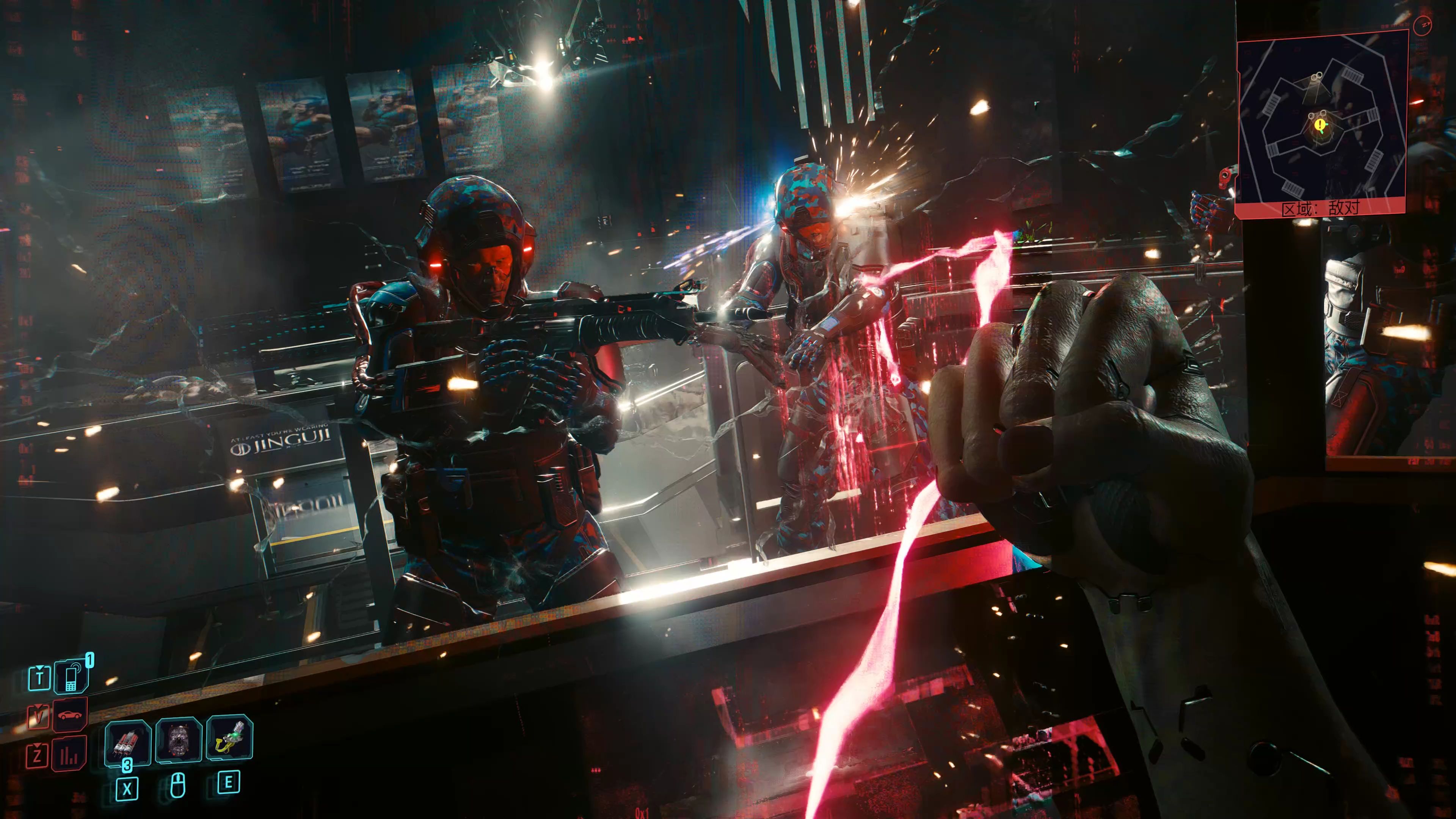Salt and Sanctuary Score: 2D Soulslike Excellence
Introduction
The Soulslike genre, popularized by FromSoftware’s Dark Souls series, has inspired countless games that emulate its punishing difficulty, intricate level design, and deep lore. Among these, Salt and Sanctuary stands out as one of the most successful 2D adaptations of the formula. Developed by Ska Studios, this indie gem masterfully translates the essence of Soulsborne gameplay into a side-scrolling action RPG, offering a brutal yet rewarding experience.
With its dark aesthetic, weighty combat, and labyrinthine world, Salt and Sanctuary earns its place as a top-tier Soulslike—even in two dimensions. This article explores why the game excels, examining its mechanics, world-building, and the ways it innovates within the genre.
A Faithful Yet Unique Soulslike Experience
1. Combat: Weighty, Precise, and Punishing
Like Dark Souls, Salt and Sanctuary demands precision and patience. Every swing of a weapon carries momentum, and mistimed attacks leave players vulnerable. The game features a variety of weapons—swords, axes, whips, and even firearms—each with distinct movesets and weight.
- Stamina Management: Attacks, dodges, and blocks consume stamina, forcing players to balance aggression with defense.
- Parrying and Dodging: Timing is crucial. A well-timed block can stagger enemies, while rolling requires careful positioning to avoid damage.
- Magic and Faith Builds: Players can specialize in spells or miracles, adding variety to playstyles.
The combat feels deliberate, ensuring that every victory is earned through skill rather than luck.
2. Progression: A Deep and Flexible System
The game’s skill tree, the Black Pearl System, is a sprawling web of upgrades that allows for immense customization. Unlike traditional linear leveling, players allocate points to unlock stat boosts, weapon proficiencies, and spells.
- Class Freedom: Starting classes influence early-game play but don’t restrict builds. A mage can become a heavy-armored knight with enough investment.
- Sacred Oaths: Joining factions (called Creeds) grants unique buffs, spells, and vendor access, encouraging replayability.
This flexibility ensures that no two playthroughs feel identical.
World Design: A Metroidvania Twist on Souls
1. Interconnected, Hostile Landscapes
Salt and Sanctuary adopts Dark Souls’ looping level design, where shortcuts and hidden paths create a cohesive world. The game’s map is a labyrinth of vertical and horizontal exploration, filled with deadly traps, hidden treasures, and grotesque enemies.
- No Hand-Holding: Players must memorize layouts and enemy placements, as the game offers no map (outside of fan-made guides).
- Sanctuaries as Bonfires: These safe zones allow resting, leveling up, and summoning NPC allies—but also risk corruption by hostile factions.
2. Atmosphere and Lore
The game’s hand-drawn art style oozes gothic horror, with grotesque bosses and eerie environments. The lore is cryptic, delivered through item descriptions and environmental storytelling. Themes of religion, sacrifice, and decay permeate the world, much like in Dark Souls.

Boss Fights: Brutal and Memorable
Bosses are the highlights of Salt and Sanctuary, each requiring pattern recognition and adaptability. Some standouts include:
- The Sodden Knight: A early skill check, teaching players the importance of dodging and stamina management.
- The Tree of Men: A multi-phase horror that forces players to climb and strike weak points.
- The Nameless God: The final boss, a relentless duel that tests mastery of mechanics.
Each victory feels monumental, reinforcing the game’s rewarding difficulty curve.
Innovations and Flaws
1. Co-op and Local Multiplayer
Unlike most Soulslikes, Salt and Sanctuary supports local co-op, allowing a second player to join as a summoned ally. This feature adds a unique dynamic, though balancing issues can trivialize some encounters.
2. Some Repetitive Elements
While the game excels in combat and exploration, certain areas reuse assets, and enemy variety could be broader. The lack of fast travel until late-game can also make backtracking tedious.
Conclusion: A Masterclass in 2D Soulslike Design
Salt and Sanctuary is more than just Dark Souls in 2D—it’s a meticulously crafted experience that respects its inspiration while carving its own identity. With deep combat, intricate world design, and relentless challenge, it stands as one of the best indie Soulslikes ever made.
For fans of the genre, Salt and Sanctuary is essential. It proves that the Souls formula transcends dimensions, delivering excellence in both 3D and 2D realms.
Final Score: 9/10 – A Must-Play for Souls Enthusiasts
Would you like any sections expanded or additional details on specific mechanics?














